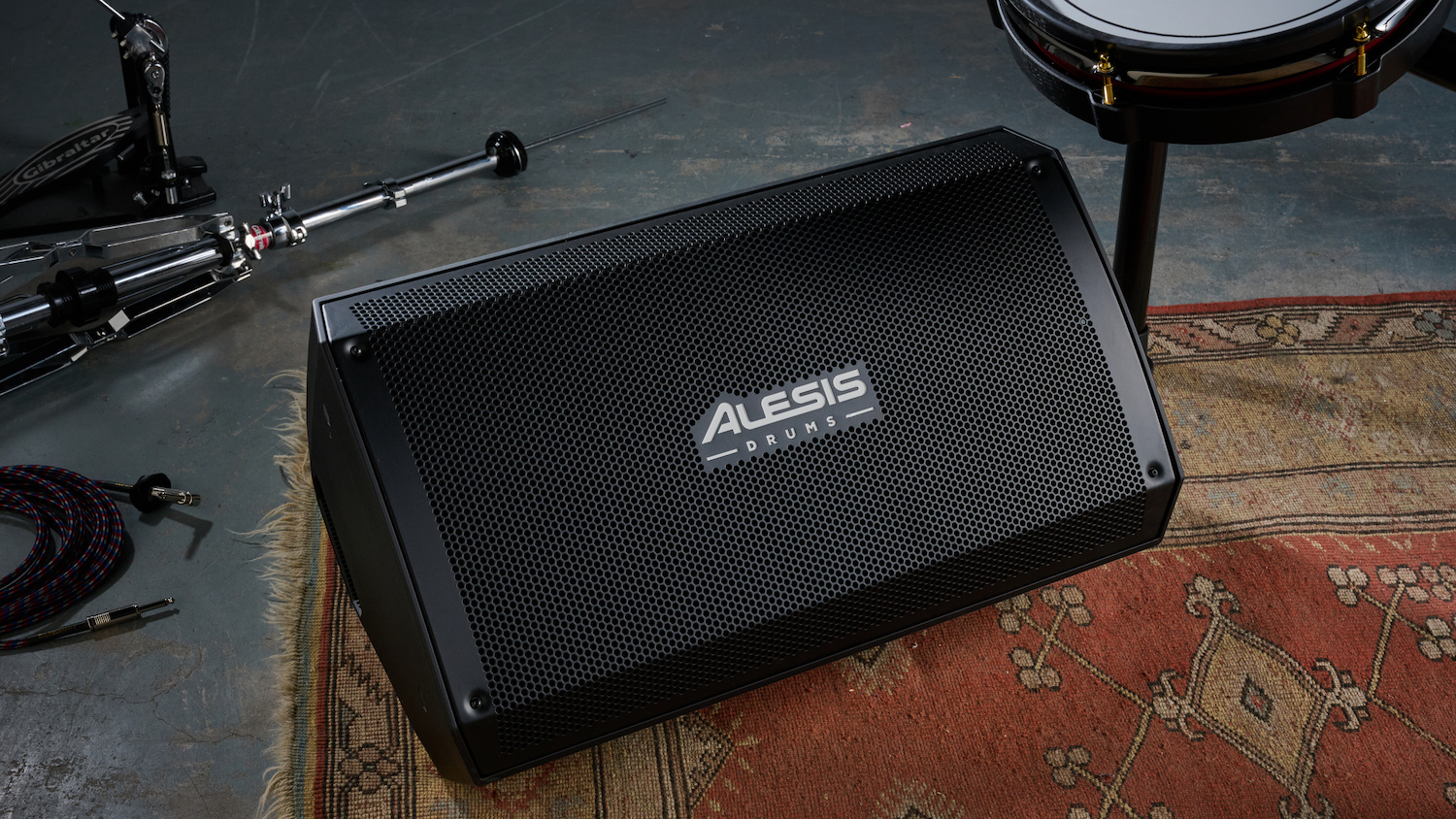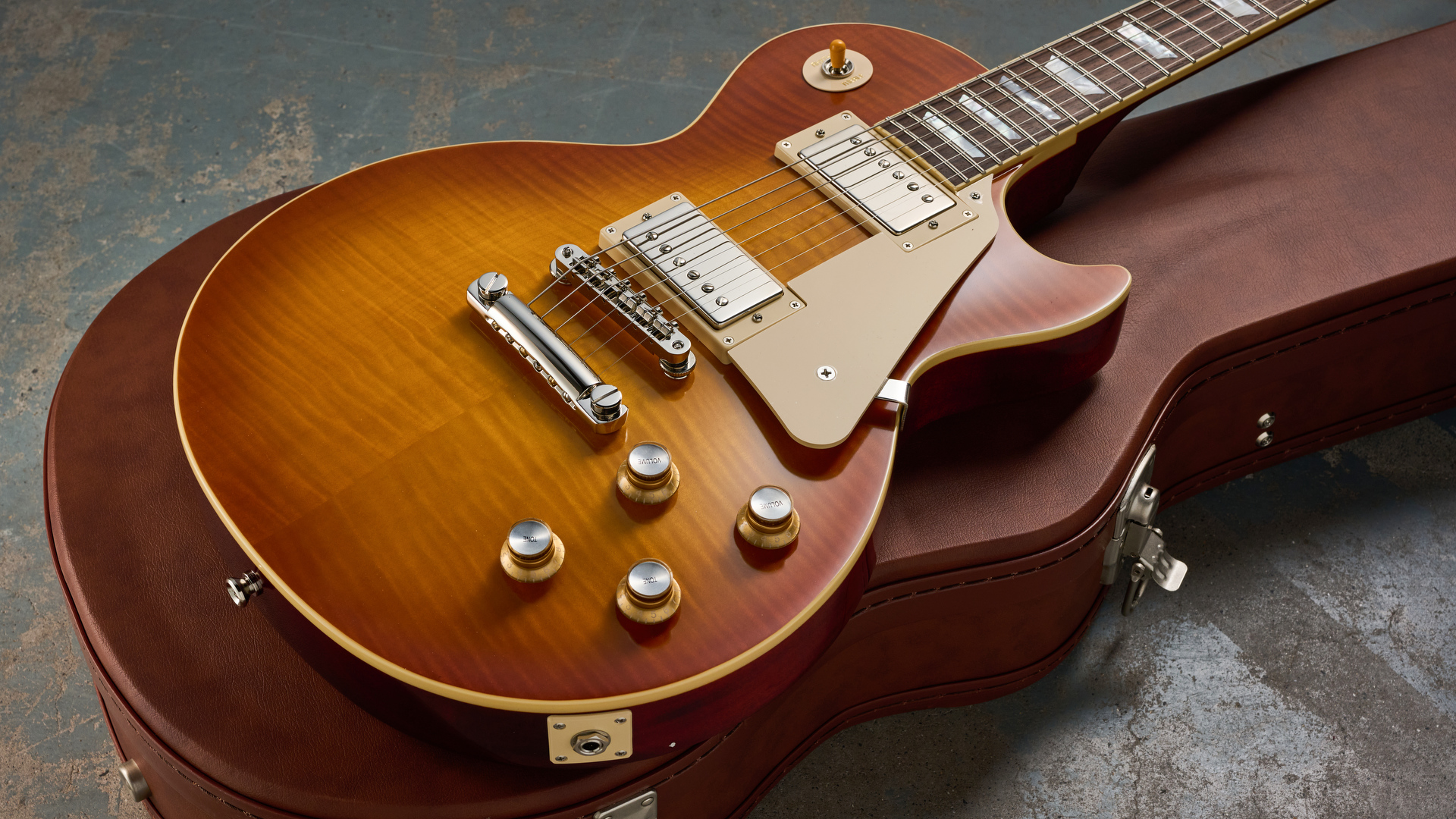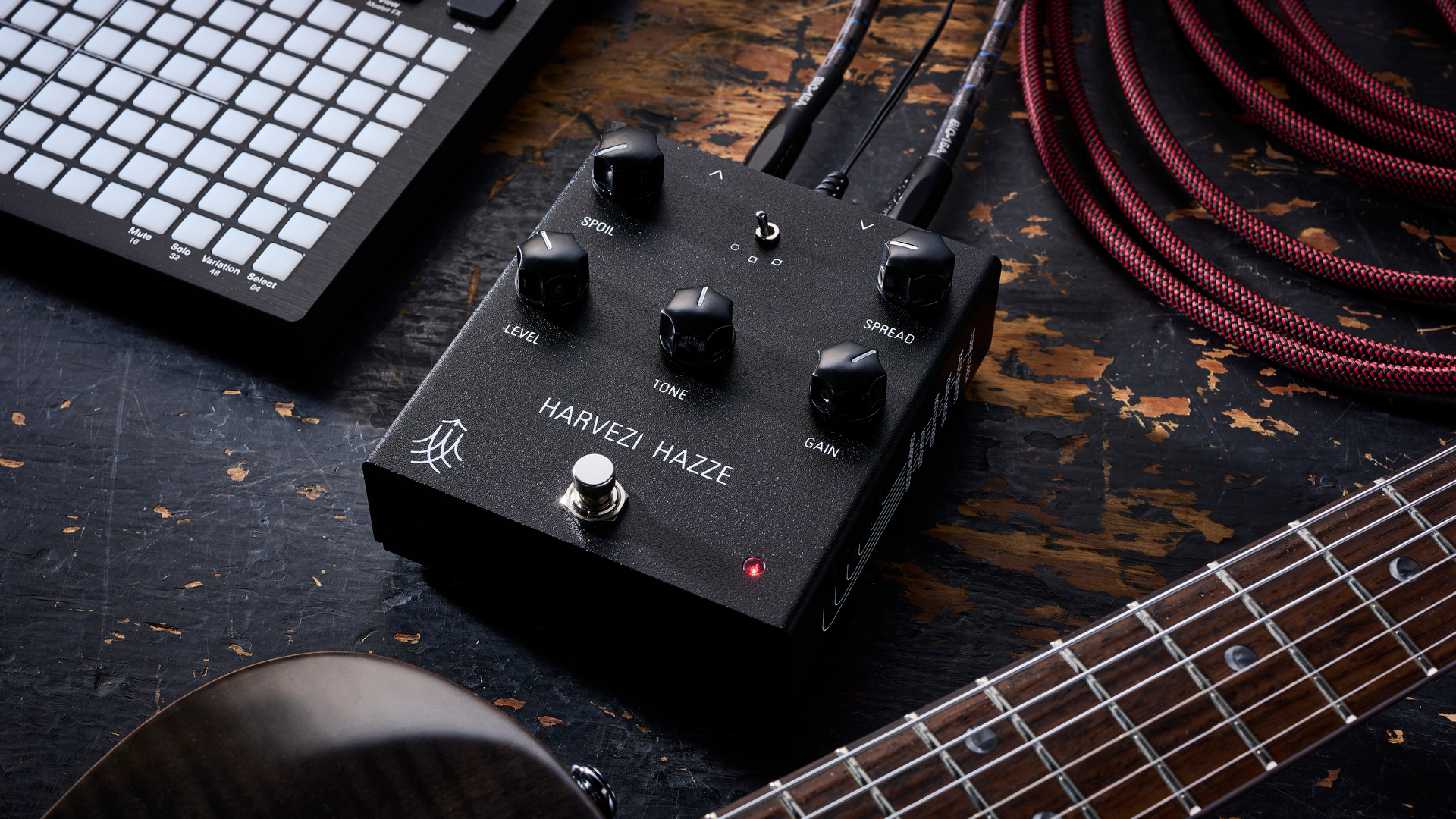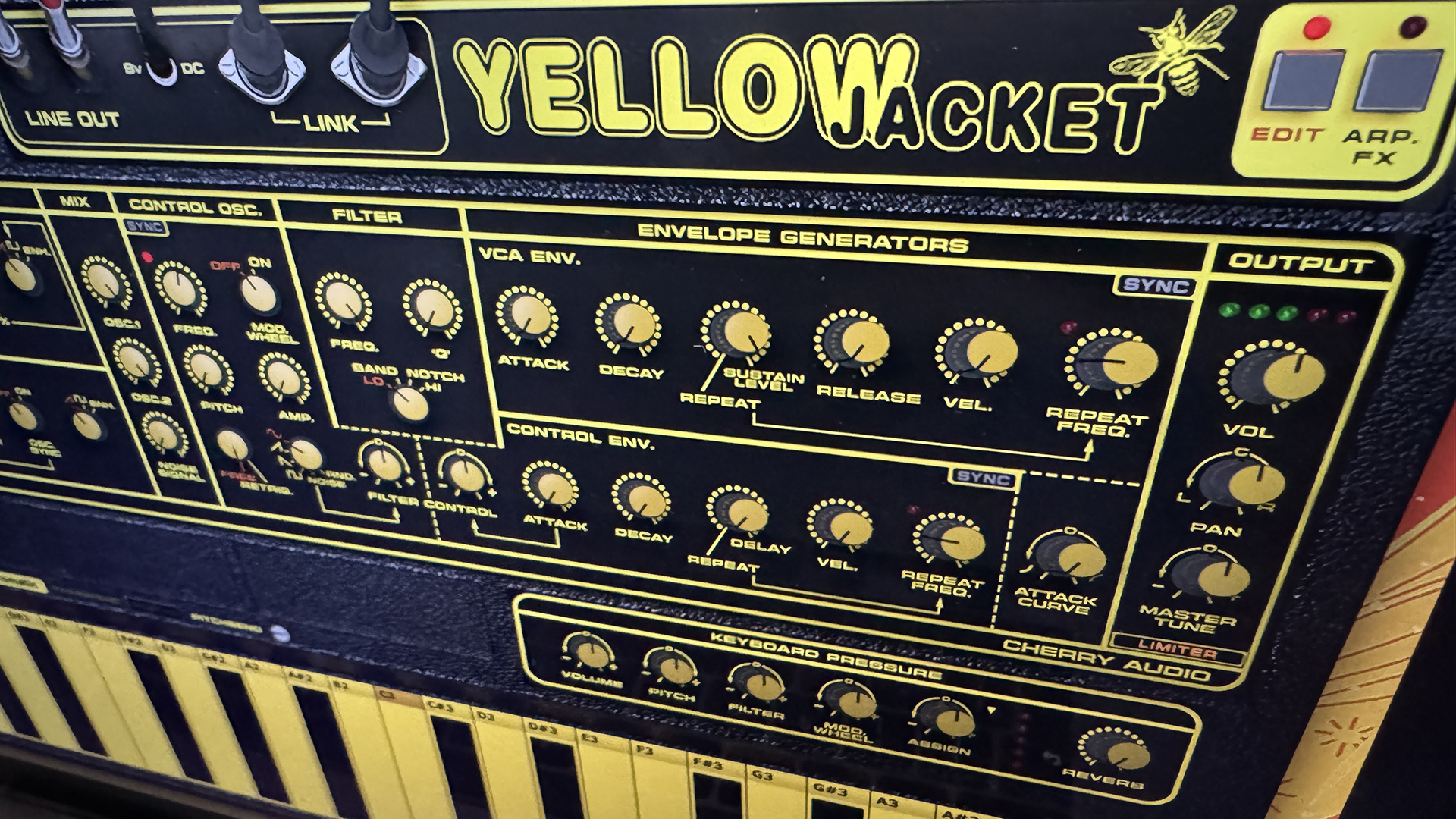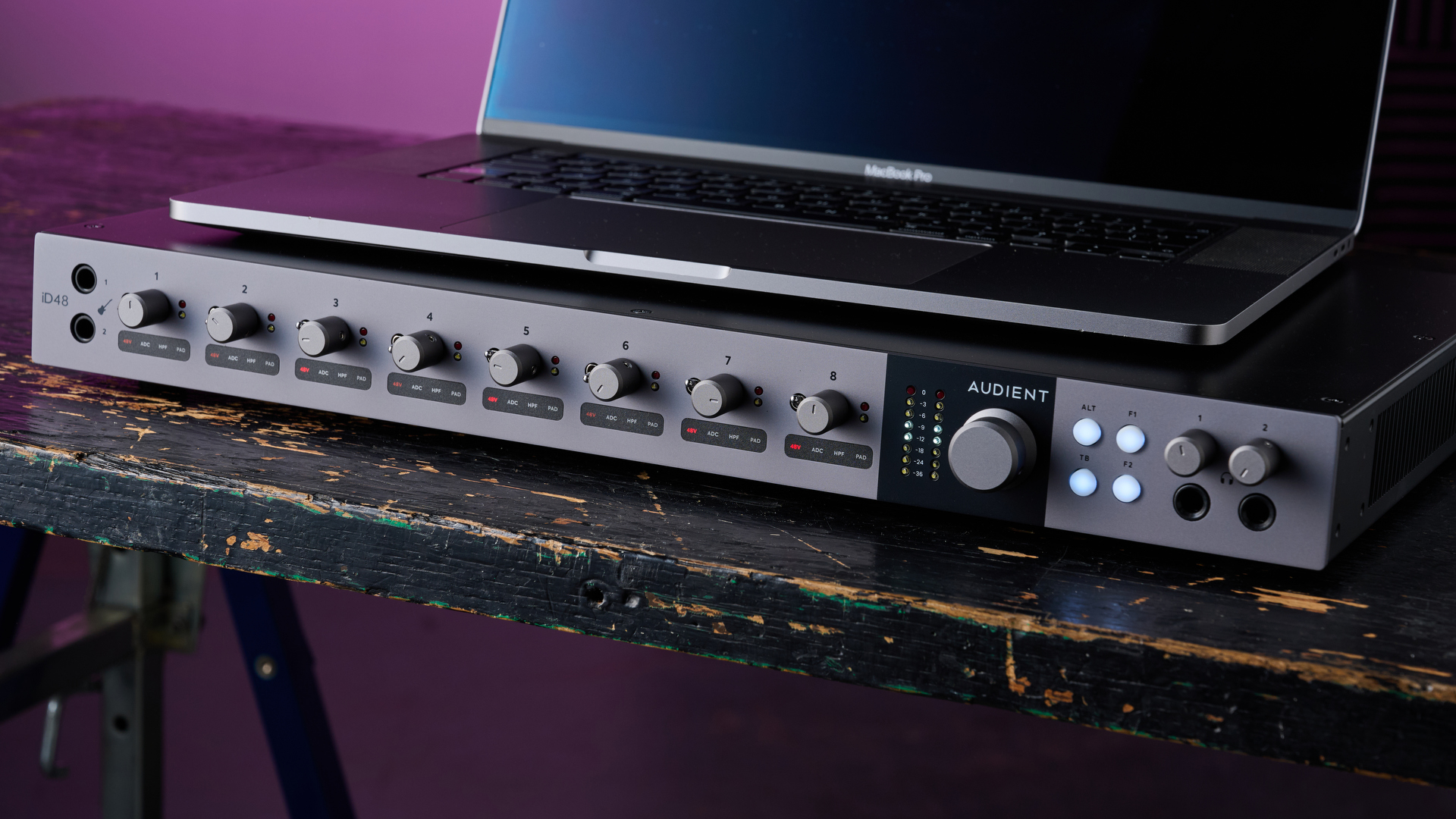MusicRadar Verdict
This one has it all - feel and sound, a great neck and firm tonality. A Strat to love and cherish!
Pros
- +
Old look, feel and vibe. Very balanced vintage-y tones. Great neck and weight.
Cons
- -
The ageing is a little contrived in places.
MusicRadar's got your back
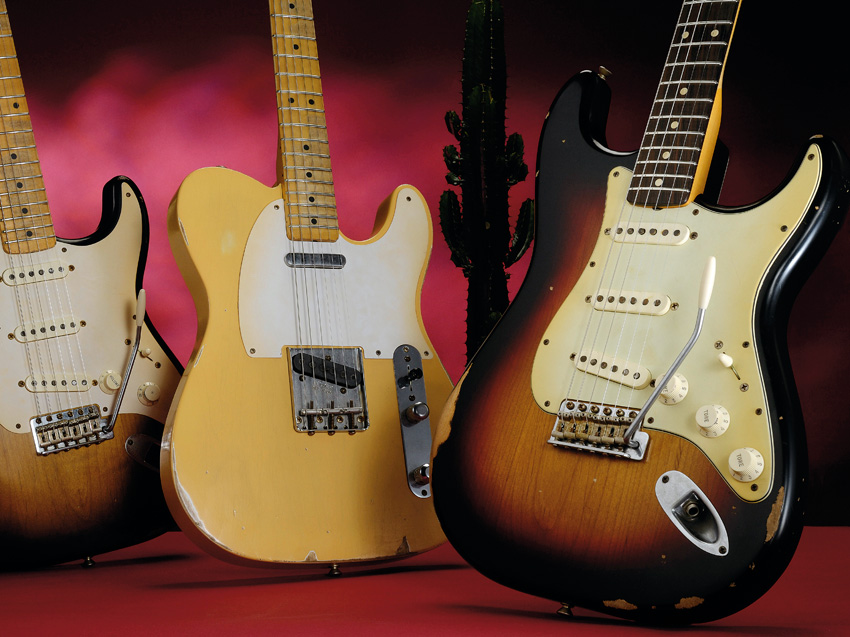
Fender Road Worn '60s Stratocaster
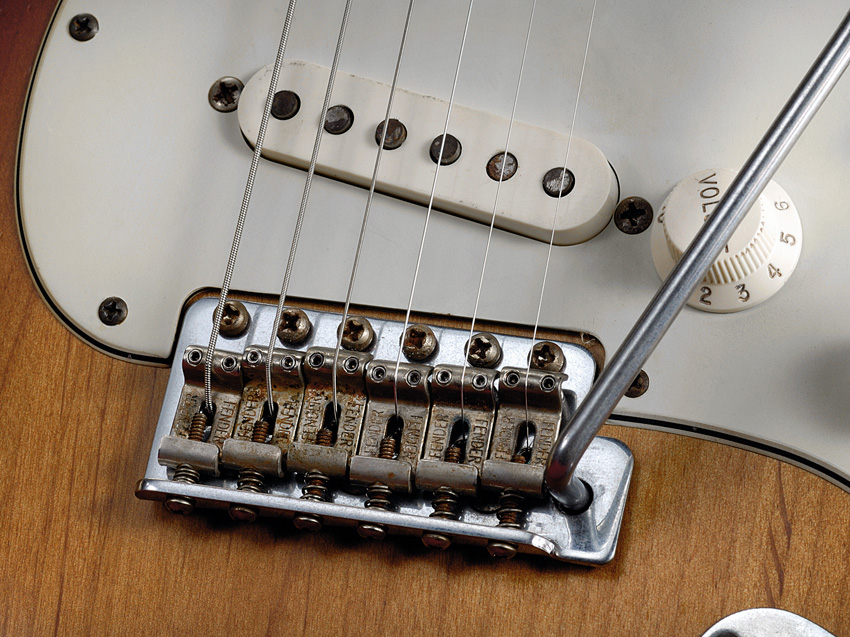
Fender Road Worn '60s Stratocaster
This writer has yet to file a two-word guitar review but in this case it got close. What two words? Buy this! It really is that simple.
Vintage Fender Stratocasters, Teles, Precision or Jazz Basses, have to be among the most lusted after instruments for any guitar player. Yet escalating prices, not to mention the question of authenticity, have put many of us off. Fender's so-called Time Machine Series brought the illusion of a vintage Fender to many more people: a high quality guitar, as close to the real thing as you could get, without the worry about authenticity or insurance.
You could keep your real one in a bank vault and gig the NOS, Closet Classic or Relic and only you would know. The trouble with that, however, is that for many of us £2k plus is still a lot of cash.
"These Road Worns are going to be the answer for most of us mortals struggling through the credit crunch..."
We got an inkling, however, that Fender was gearing up to do something about this dilemma when it launched the Joe Strummer Telecaster - the first, more affordable Mexican-made guitar that was aged and distressed.
We heard more rumours that the Mexican workforce were taking all sorts of implements to their usually finely finished guitars. At the end of 2008 we were let in on the secret: Fender had been working on a mini-range of 'Road Worn' guitars, Mexican Relics to you or us. The wait is over.
'60s Strat
The similarity in finish and wear to the '50s version, albeit a three-tone 'burst with the added red, illustrates that the guitars are aged to a basic guide template. Yes, you'd expect wear on that forearm contour and similar belt-buckle wear but the 'random' dings on the top edge being replicated on both guitars looks a little, well, suspicious, and you can't help thinking that maybe it's a little over done.
Mind you, there's no mistaking that old vintage feel and, for this writer at least, there's something a little special about this one. It's a great weight, there's the fuller shouldered neck profile, a rosewood 'board (which doesn't have to be aged) and although we hear slightly less acoustic resonance, with it comes a little more tonal firmness.
Aside from the rosewood fingerboard and the three-ply (very accurate-looking), slightly green scratchplate it's identical in spec to the '50s Strat - and that includes a cosmetically aged vibrato. It uses a die-cast alloy block, however, not steel as you'll find on an original or Custom Shop Relic.
Sounds
If the look and feel is old and worn, the sound is a little less specific, which might have vintage guitar forums buzzing but for the majority of players the pickup choice and the overall sounds are eminently useable.
Compared to its '50s sibling, the fuller neck and rosewood 'board yield a slightly fuller mid-range, making things a little more 'rock' if you like, but not at the expense of that almost acoustic-like high-end detail and tremendous explosive attack.
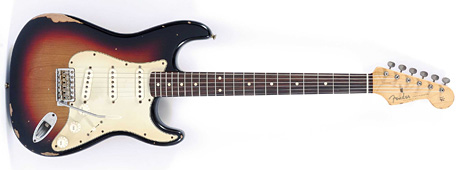
The guitar is hum-cancelling in the combined pickup position but it is wired, control-wise, as the originals without a tone control for the bridge pickup. It's not a deal breaker and really depends on your style, but feeding the bridge pickup to the second tone control is a simple DIY mod.
To be honest, we're in a quandary. These are such good guitars, that really do capture such a vintage feel and tone, that your main dilemma is going to be deciding which version to buy!
That 'which-to-buy' quandary is, of course, balanced by the price: you could buy the '50s and '60s Strats and the '50s Telecaster of these for the price of one Custom Shop Relic. And while the latter, depending on model, might be more vintage-accurate with more subtle ageing, higher spec wood and hardware and USA-made pickups, to be honest Fender might really have shot itself in the foot here.
Not all of us can justify the necessary £2k plus on a Relic, however much we want one, but aside from the most professional of situations we feel these Road Worns are going to be the answer for most of us mortals struggling through the credit crunch.
And don't forget, Teles and Strats are the easiest guitars in the world to mod: you could easily swap hardware or pickups if you want to be more vintage specific or if you feel those Costalot 'boutique' pickups are really worth it.
But our advice would be to live with what you have here, at least for a while. Yes, we've played Strats that are lighter/ heavier, have bigger/slimmer necks, are darker/brighter and so on but Fender has achieved a very balanced tonality here that few players should object to. In short, these are genuinely very, very good guitars.
Dave Burrluck is one of the world’s most experienced guitar journalists, who started writing back in the '80s for International Musician and Recording World, co-founded The Guitar Magazine and has been the Gear Reviews Editor of Guitarist magazine for the past two decades. Along the way, Dave has been the sole author of The PRS Guitar Book and The Player's Guide to Guitar Maintenance as well as contributing to numerous other books on the electric guitar. Dave is an active gigging and recording musician and still finds time to make, repair and mod guitars, not least for Guitarist’s The Mod Squad.
“We tried to capture the heart of what a Gibson Custom guitar is, and I think we really have done it”: Epiphone expands and upgrades its flagship Gibson Custom collab with eight stunning vintage-inspired electrics
“It's probably my Behringer Model D monosynth. So simple and obviously cheap, but it’s just so versatile. I’ve used it on basically every track that I’ve created”: 10 producers share the tech they can’t live without
“No one noticed that half the playlist was AI-created, and a few even preferred the AI tracks”: Should today’s music-makers and producers fear AI - or embrace its inevitability?

